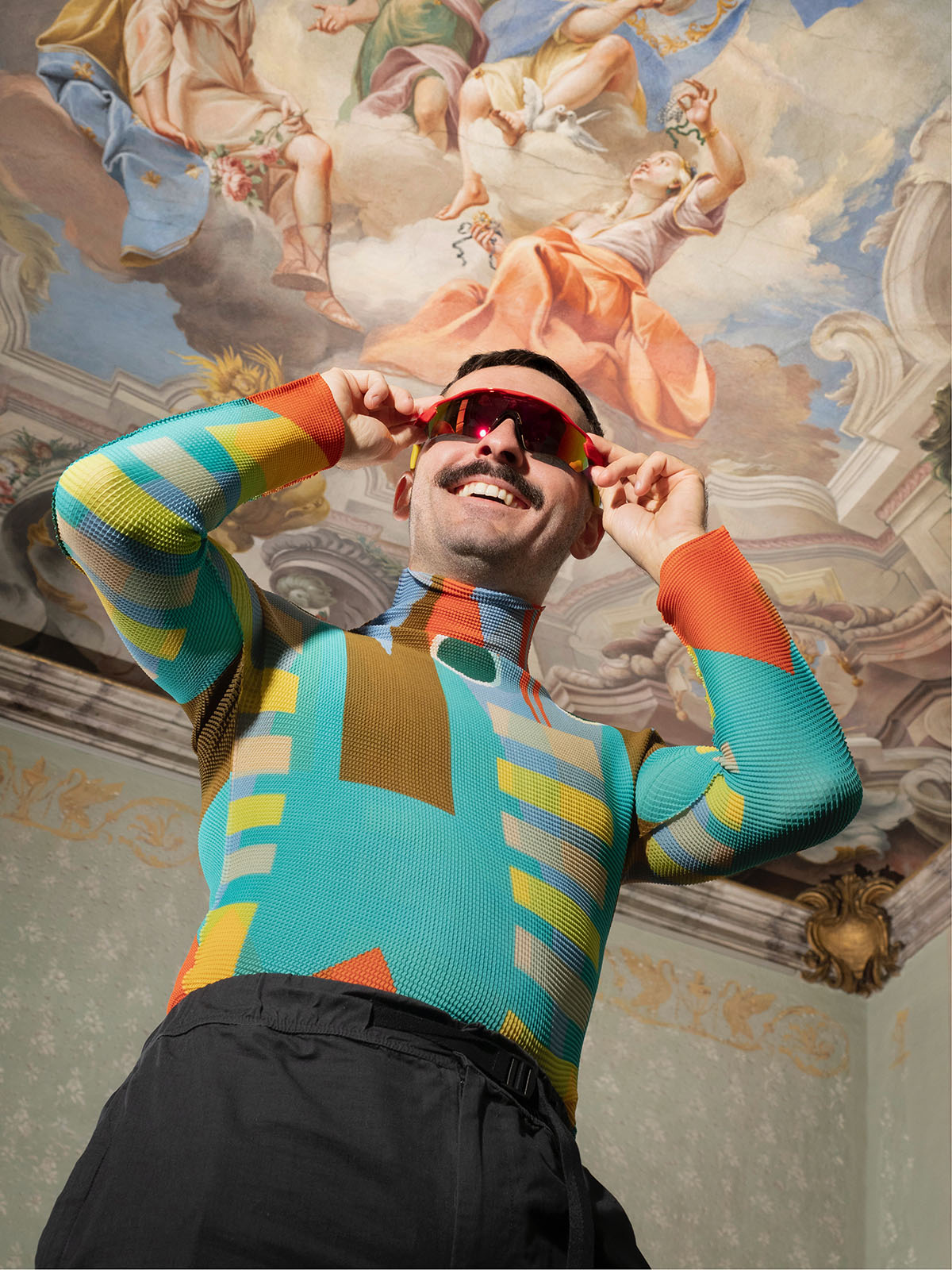
Edoardo Monti
In the seventh part of our Italy art focus series, curated by Umberta Beretta, LUX speaks to Edoardo Monti, who at 26 established an artist residency at his family’s 13th-century Brescia palazzo. Since 2017, it has already hosted more than 200 artists from 50 countries
LUX: Palazzo Monti is very significant architecturally. Does it influence your artists?
Edoardo Monti: The palazzo has a powerful effect. It is calming, it has stunning light and there is lots of space, so you can focus on your art in private during the day, but there is always someone in the communal spaces to chat with. The city, too, leaves an imprint. Bergamo and Brescia are Italian Capital of Culture 2023, and there are many cultural activities and museums that help with research and production. Lastly, there are the artists: they create a beautiful bond that carries on after they leave Italy.
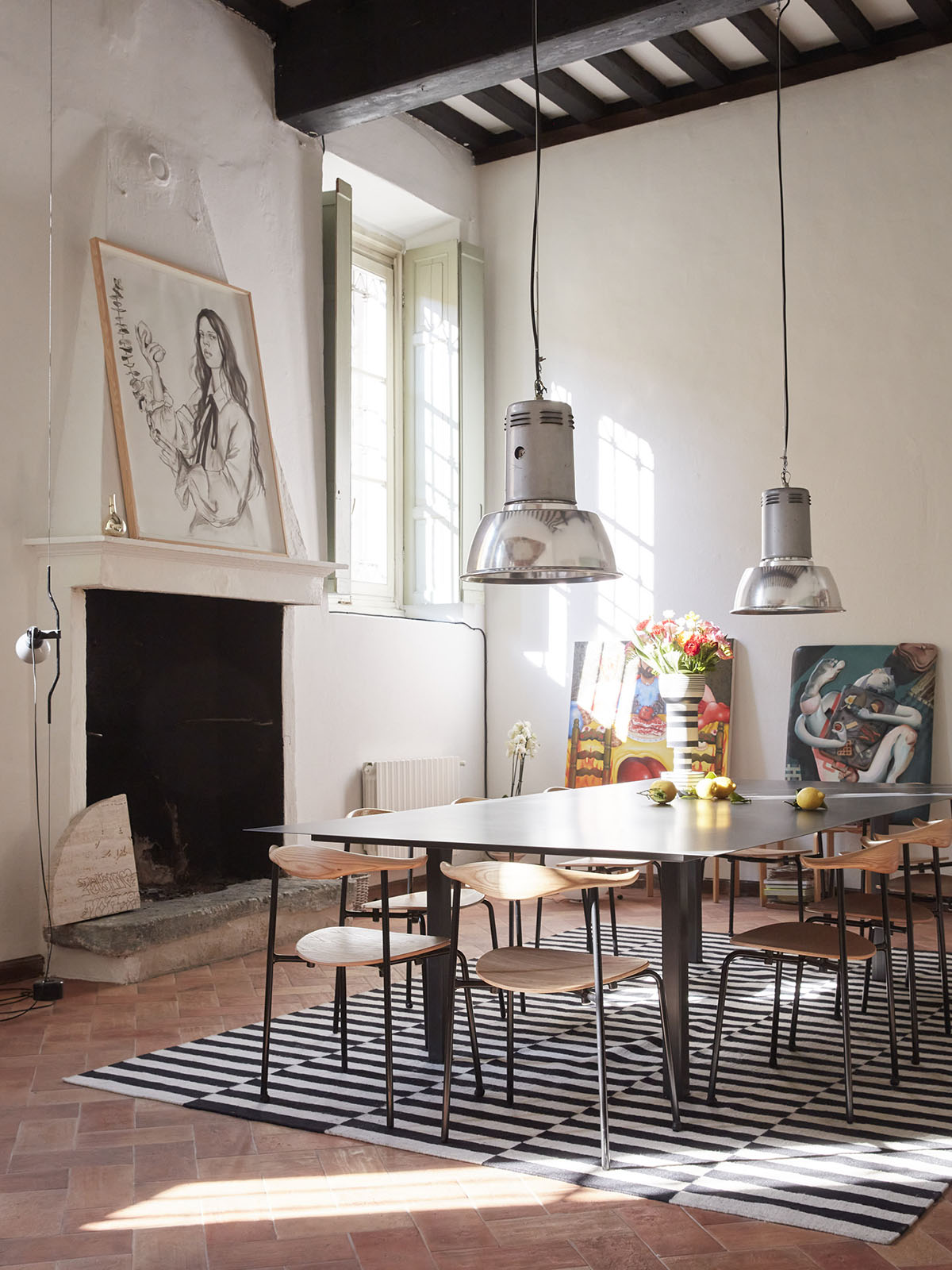
Pescatarians in the Hands of an Angry God, 2017, by Chloe Wise; Edo a Tavola, 2019, by Maria Fragola, and Late Breakfast, 2019, by Kyle Vu-Dunn, at Palazzo Monti
LUX: How do you choose the artists?
EM: We receive more than 700 monthly requests. We don’t care whether artists studied or are self taught, where they live or their age. We just look for art we have never seen before.
Follow LUX on Instagram: luxthemagazine
LUX: What is your favourite Palazzo artwork?
EM: I can’t get enough of Interior III by Christina Kimeze. It shows the artist and my dog, Beatrice.
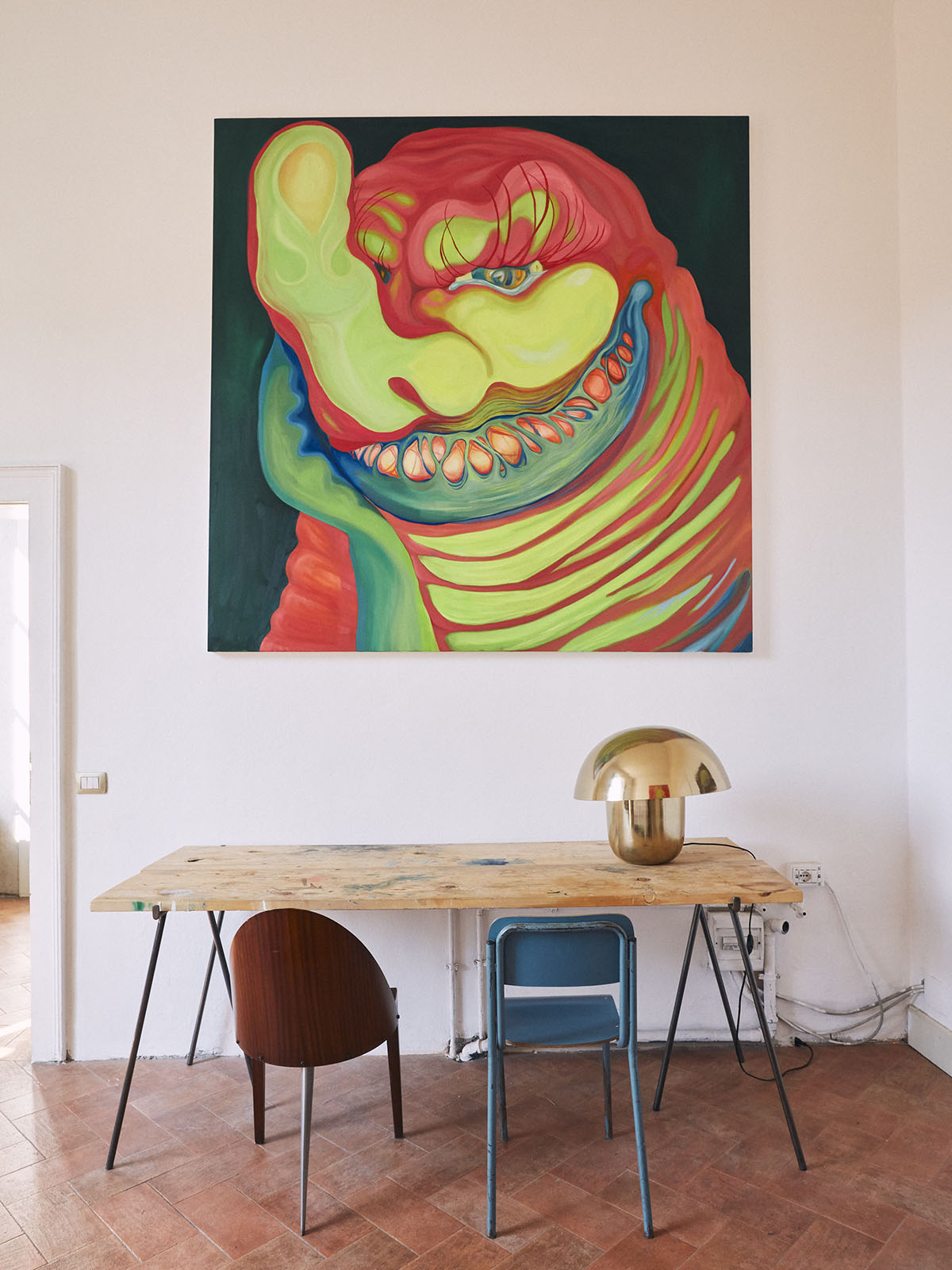
View of Nobody Like You/ Nobody’s Going to F*ck Me Like Me, 2019, by Sophie Spedding at Palazzo Monti
LUX: You worked for 10 years at Stella McCartney. Why did you change direction?
EM: I left Italy at 18, so it felt natural to move back when I was 26 and live as an adult in the country I love. Then there was the palazzo, where I had never lived, but which I thought had so much potential, and wanted to help express. Lastly, I had started collecting art at 14 – mainly figurative art, which is still a main focus – and I wanted to dedicate myself to my passion, working with artists from around the world.
LUX: What were the challenges?
EM: I missed NYC for a while, but Italy is pretty awesome, too. The challenge was to become known in the art world, which we did through social media and our alumni, as each becomes an ambassador back in their own city.
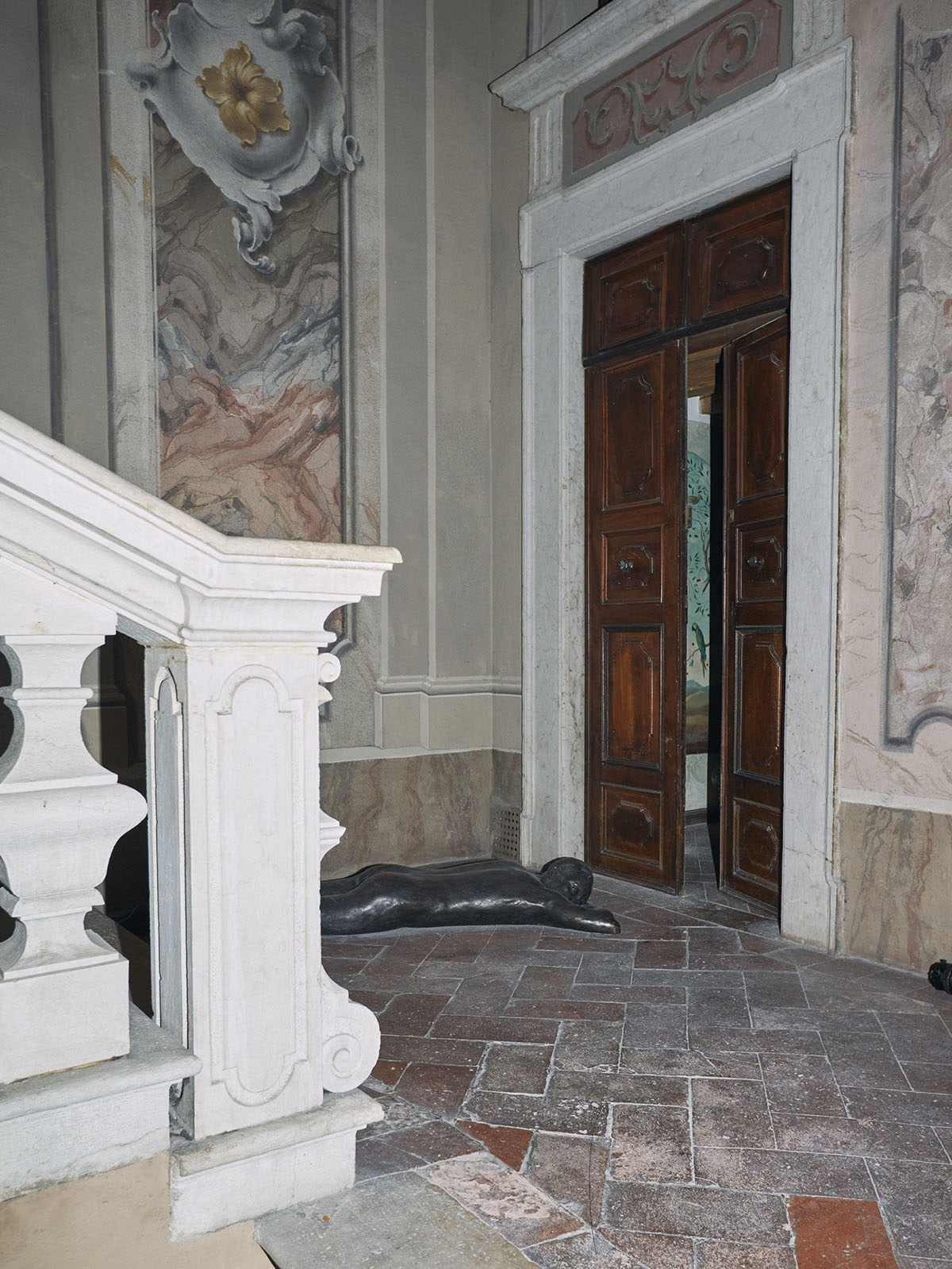
A view of the Palazzo Monti with hints of its art residencies
LUX: Do you choose the artists to fit together?
EM: We don’t strategise. We host three artists at a time, and have been lucky to have groups that bonded. We have a large communal kitchen and dining area, where we often enjoy dinners together. We can’t guarantee positive experiences, nor wish to impose a social life. We respect that some artists come to enjoy living in a centuries-old palazzo and to work in our large studios.
Read more: Italy Art Focus: Arturo Galansino
LUX: What are your aspirations now for Palazzo Monti?
EM: We want to work more with curators so our artists have even more support. We are also opening our exhibition spaces to other projects, as we become more of a cultural centre with a residency, exhibitions and a private museum.
Find out more: palazzomonti.org
This article comes from a section of a wider feature originally published in the Autumn/Winter 2023/24 issue of LUX




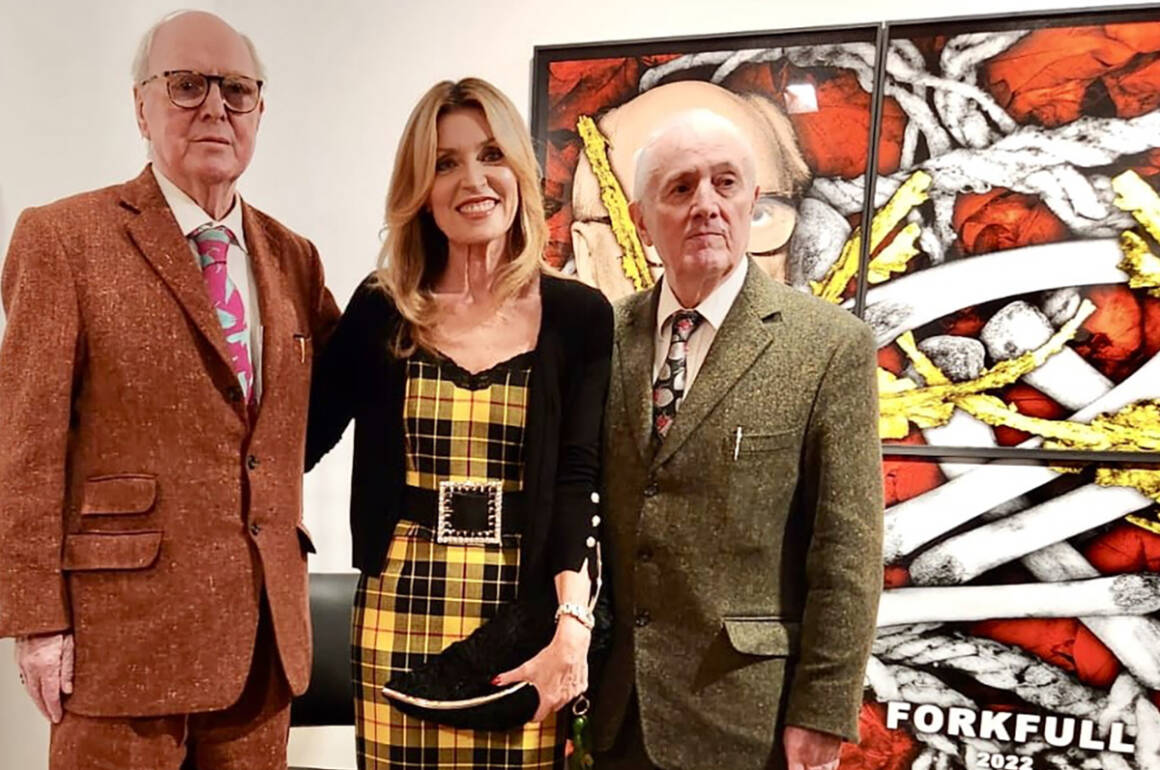
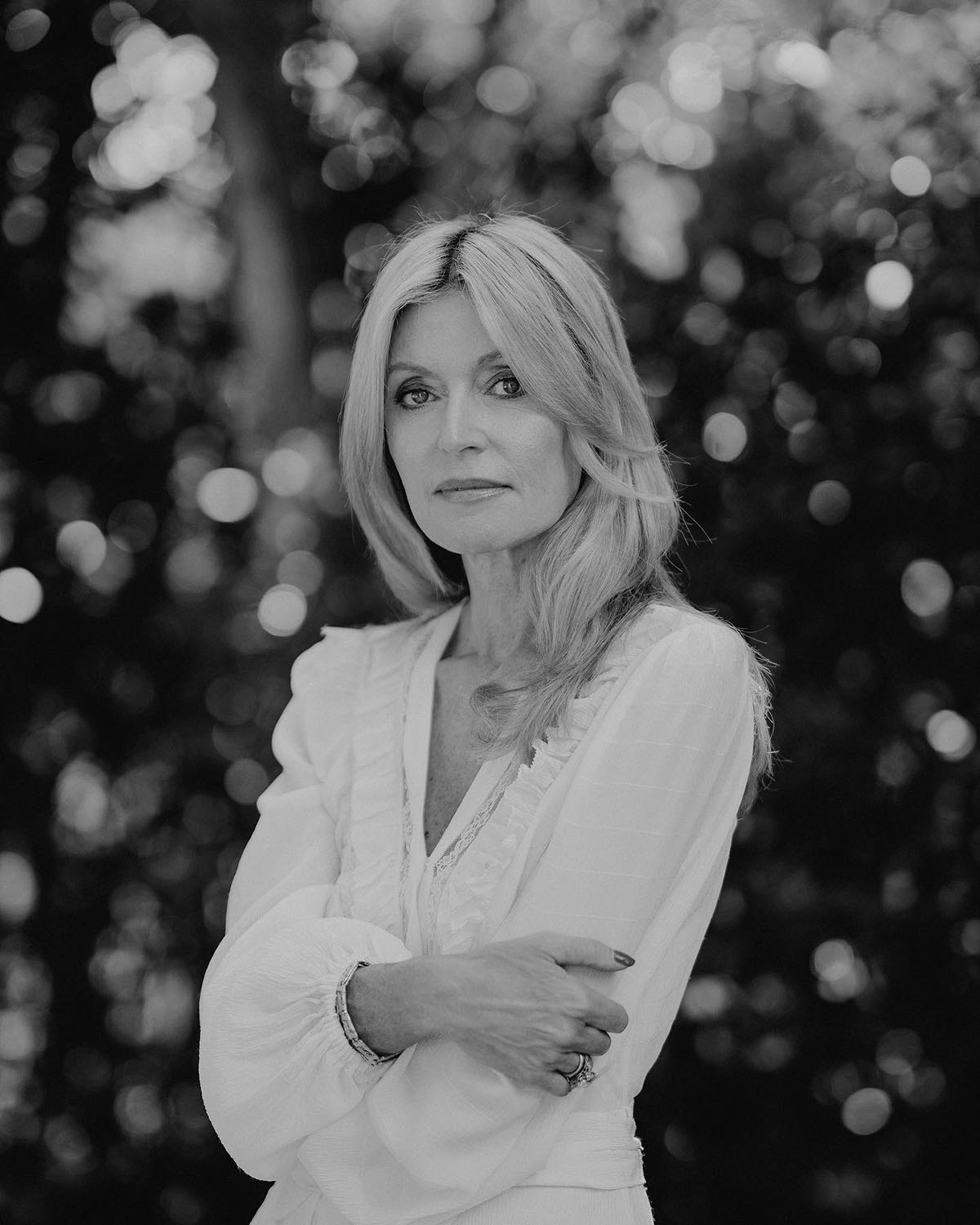
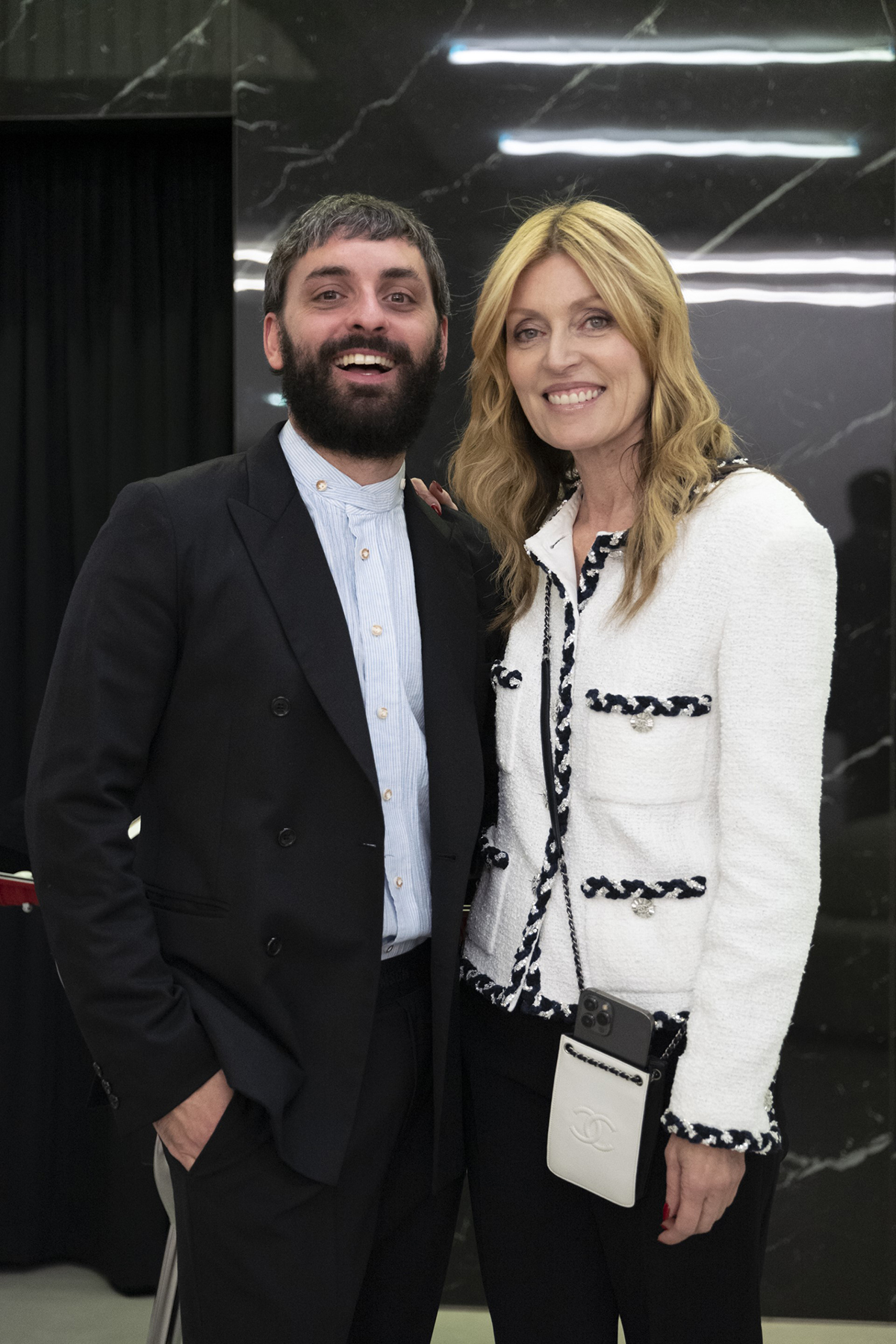
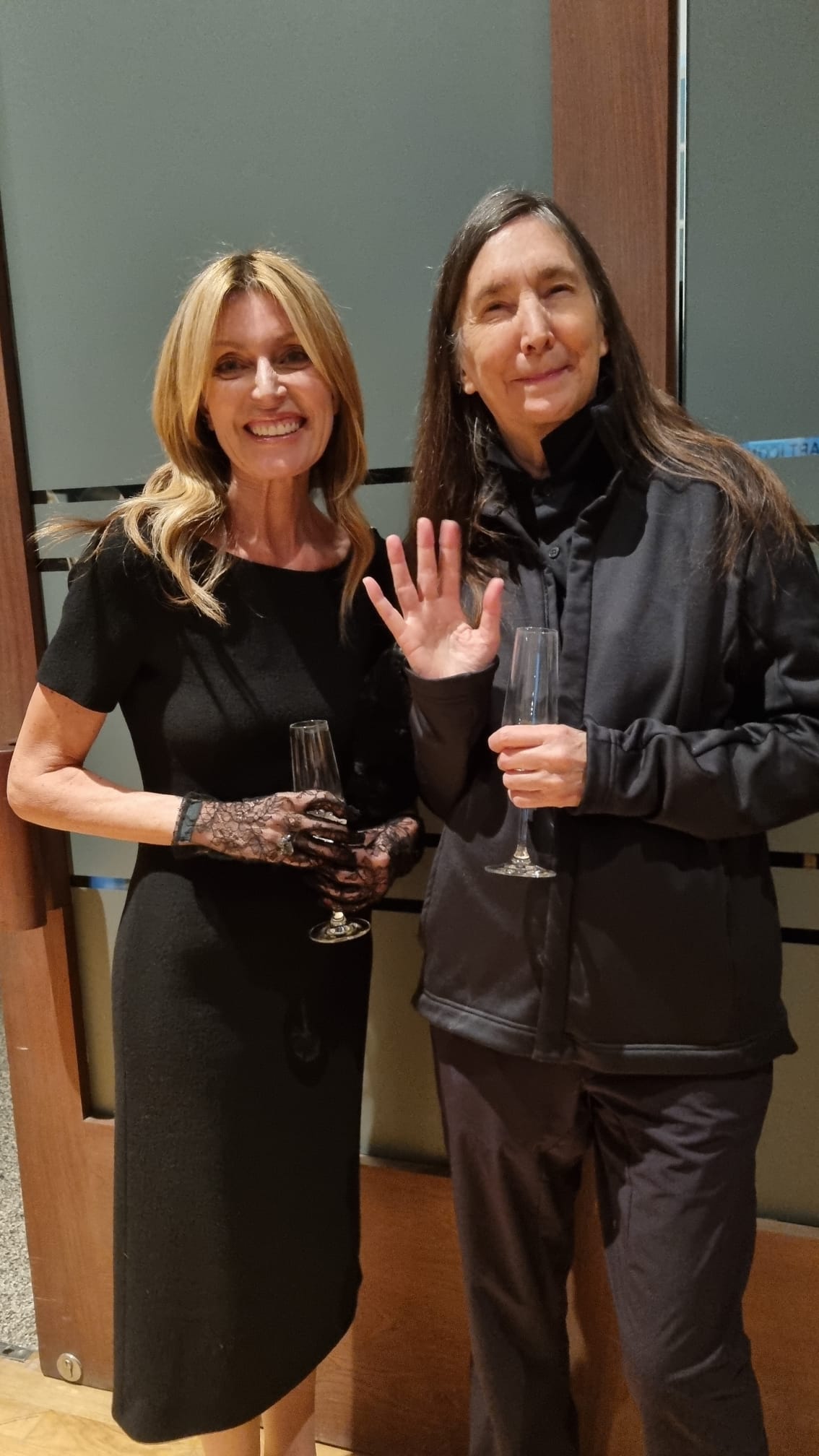
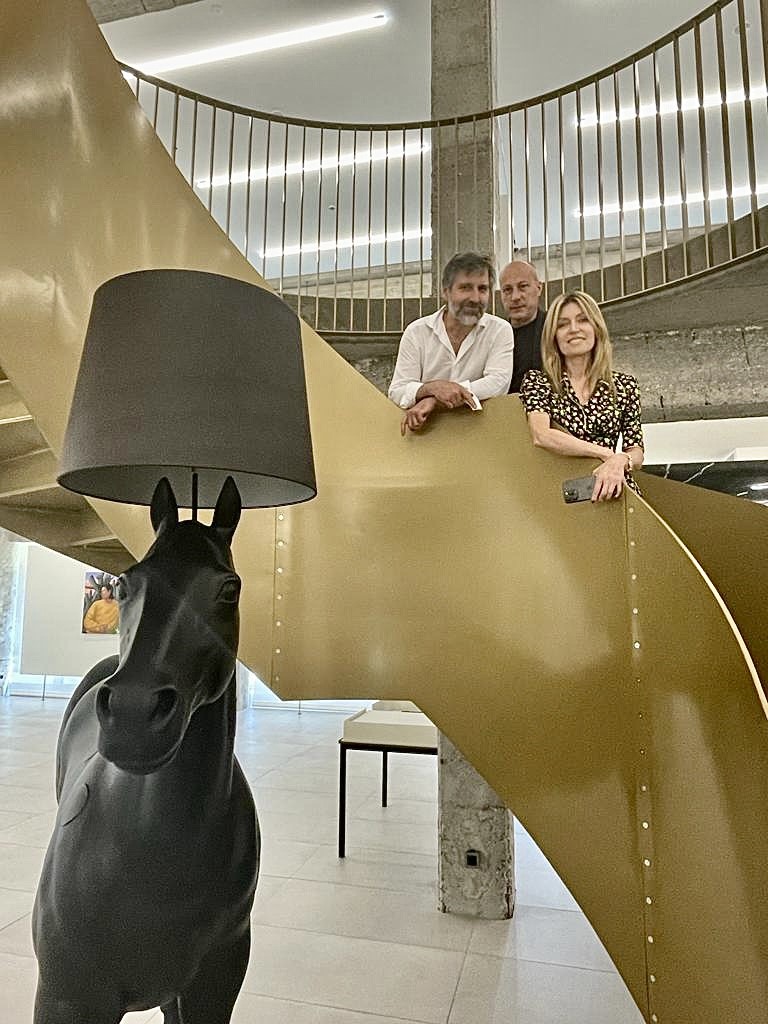
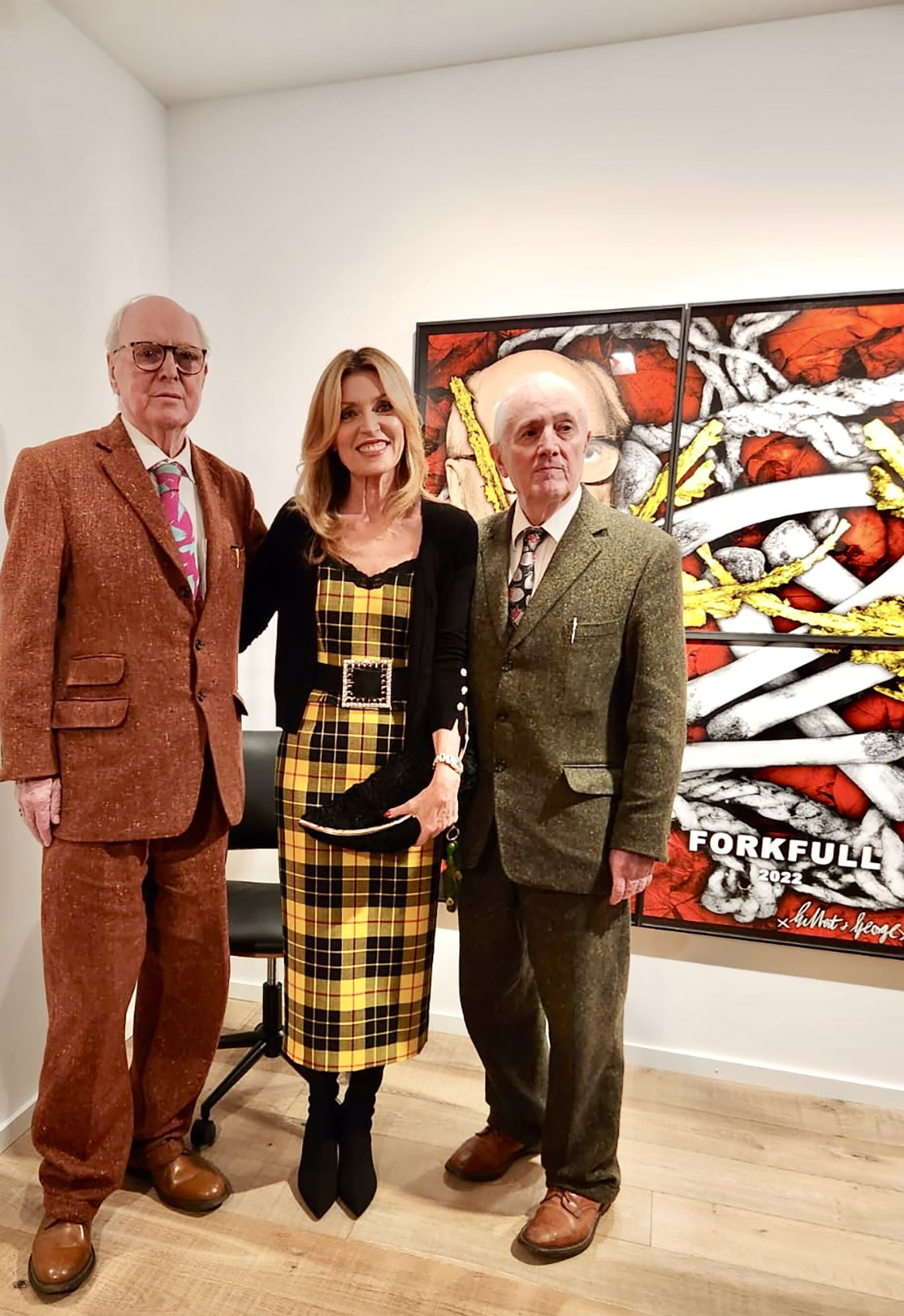





Recent Comments